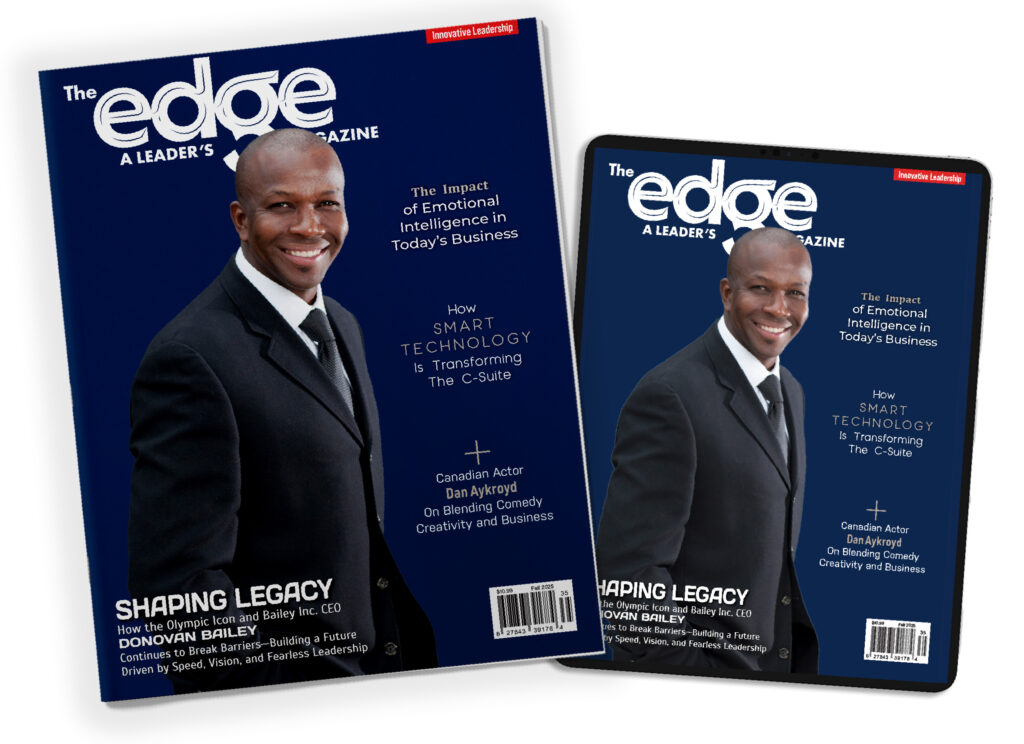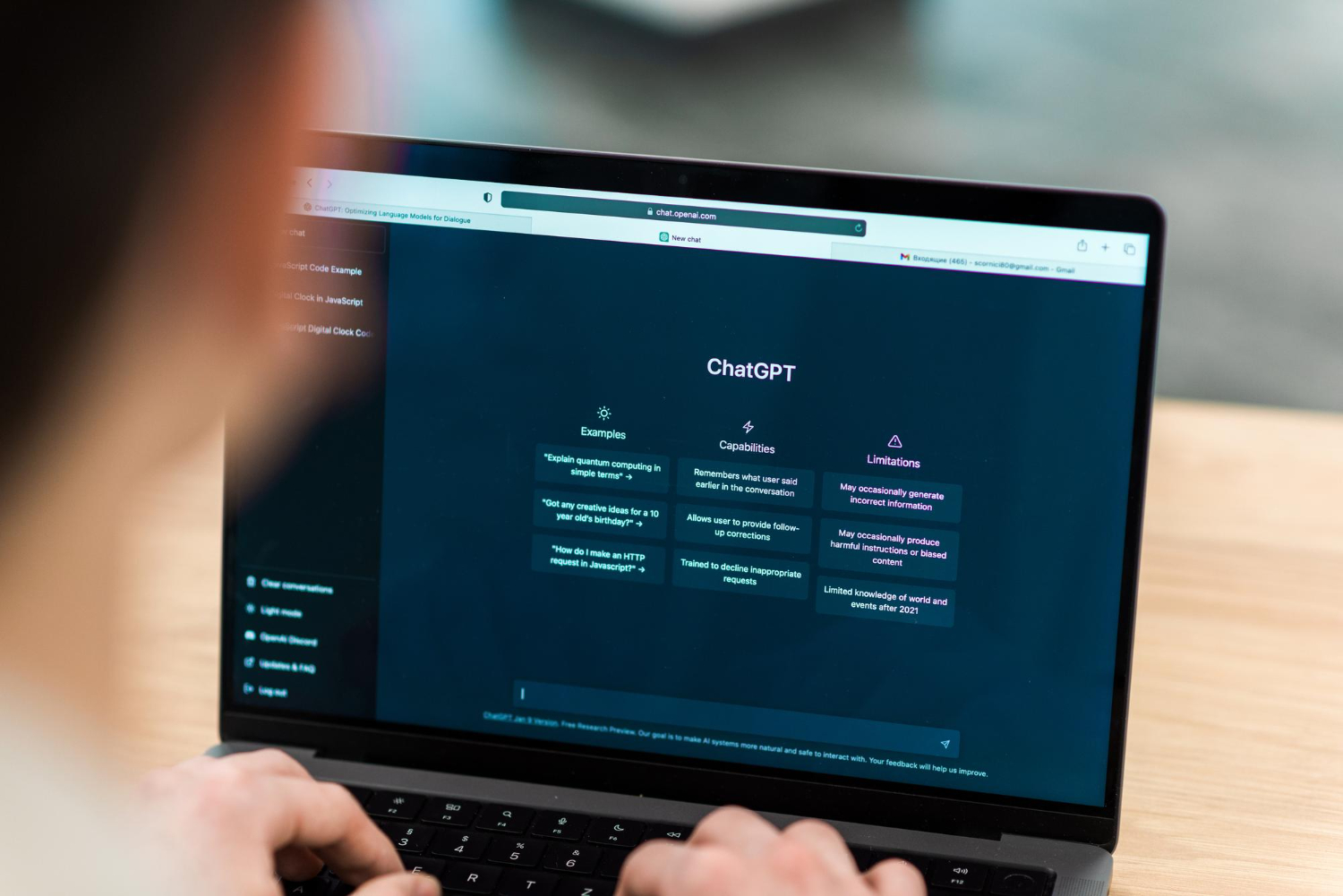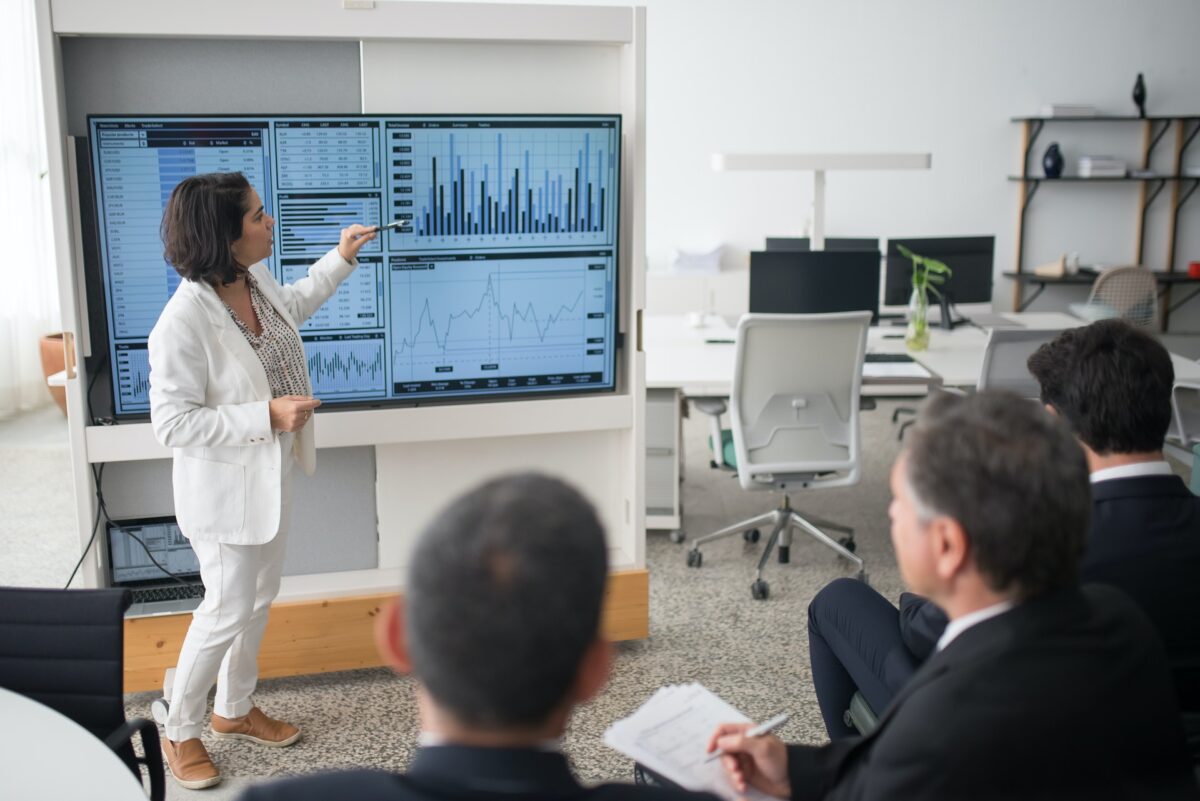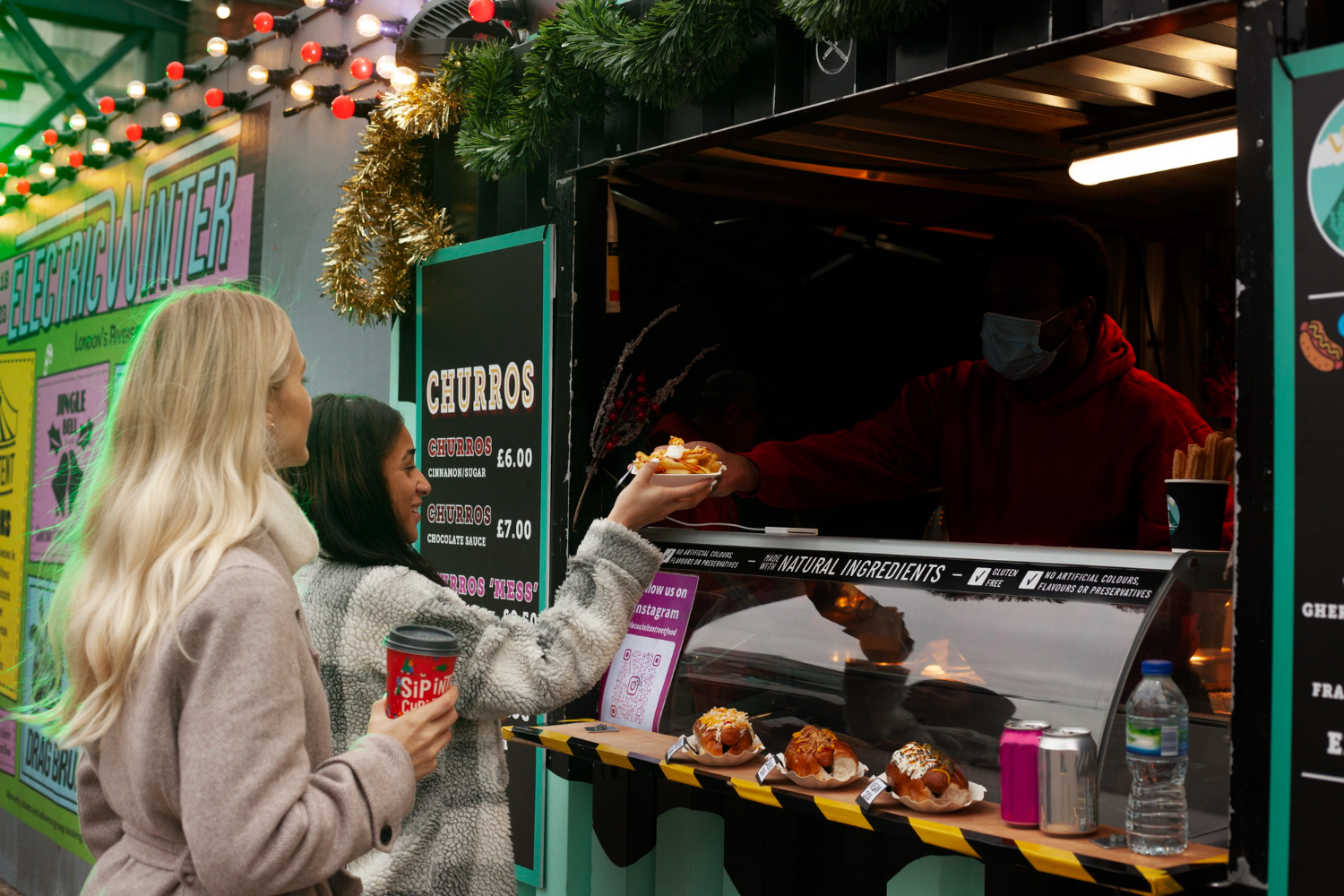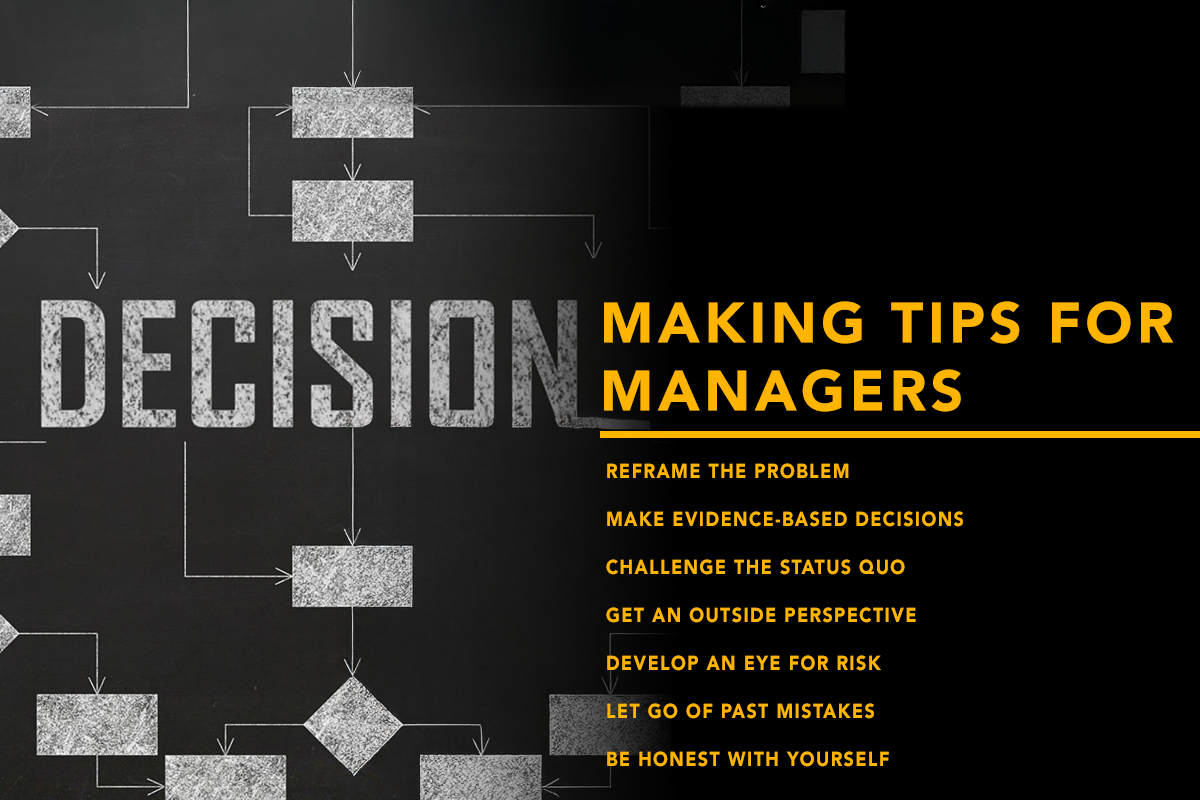It’s convention season, and several small businesses are showcasing their products and services at trade shows and festivals. Although many exhibitions take place in the spring and summer, there are exhibits and expos to participate in all year round. Attending as a vendor has its benefits, but usually, the risk is just as high, if not higher.
Generally, that risk is to not see a good return on investment for the amount spent on attending. But if your product or service is ready to sell, you should consider taking it to events. While there is no guarantee of making your money back, you may find an unexpected value or lesson on your experience. According to statistics gathered by SpincGo Event Management in 2018, 99% of trade show vendors found it to be a valuable experience.
There are differences to think about when planning to attend a trade show or a festival. Fairs are worthwhile events to attend as well, especially for small businesses or creative “solopreneurs.” Each type of event is likely to raise brand awareness of the company’s brand. Brand exposure can be particularly effective at small events, where people truly take time to look around at your product. Also, because many attendees don’t always go to buy things but rather have something to do or see, vending for marketing and brand awareness purposes is a good idea. That’s why having a lot of business cards comes in handy, as potential customers will want to seek you out online afterwards. If they can’t buy something while at the event, they will want to know where else to find the product or service, or just to learn more about your business.
Vending for exposure doesn’t necessarily work for every kind or size of event, like at a festival. Festivals are celebrations around something in particular, like a holiday, an art form, or culture. It can be hard to stand out at a festival, especially if others are selling similar products as you, like at food festivals. But what these events do offer is the opportunity to sell to a large number of consumers withing a day or weekend.
It’s hard to estimate the general cost for vending at a festival because it depends on things like the size of the event, the amount of goods you plan to sell, travel costs, staff, and other expenses. Initial fees include booth size, table rental, a tent, electricity, and possible other charges. Usually, vendors spend anywhere from a few hundred dollars for small and mid-sized festivals up to $ 10,000 or more for big festivals. If you want to sell at a festival, think about starting small. Establish sales goals and familiarize yourself with the reputation of the festival. Check whether they have a healthy number of attendees every year. Also, look at the previous year’s exhibitors list and ask around to learn what others’ experiences were vending at that event.
Booking a table at a fair costs a few hundred dollars as well. Fairs, however, tend to be either purely for entertainment purposes or they act as marketplaces. The more niche the fair, the better your chances of selling. A fair is also a good opportunity to acquire sales leads while still selling to customers and establishing connections with those who are interested in your brand. Fairs also offer the opportunity for you to see what competitors are doing with their products, marketing and to keep up with your industry trends.
If one of your goals is to keep an eye on industry trends, a trade show might be a better option. It’s the most expensive event of the three, but it’s a B2B exhibition, which has a lot of benefits for small businesses. Trade shows are like fairs, but you aren’t selling goods directly to customers. They are events where businesses, distributors, suppliers, and manufacturers in a specific industry come together to showcase products and services. Sometimes, customers also attend trade shows. Essentially, you are expanding your professional network there. Companies have meetings, discuss collaborations, and forge new relationships. You might meet a new wholesaler who’s ready to make an order.
A booth costs, on average, anywhere from $ 8,000 to $ 10,000, and there are companies that you can hire that specialize in creating booths. Some vendors at trade shows have eye-catching stands to create an experience in their space, but there is no need for a big or impressive-looking booth so long as your products or service is effectively presented.
To get the most out of any event, it will be key to ask yourself which one will attract your target audience and ensure that you truly get the most out of the time and money invested. Since vending isn’t cheap, planning your finances ahead of time is also necessary.
Josephine Mwanvua | Contributing Writer


